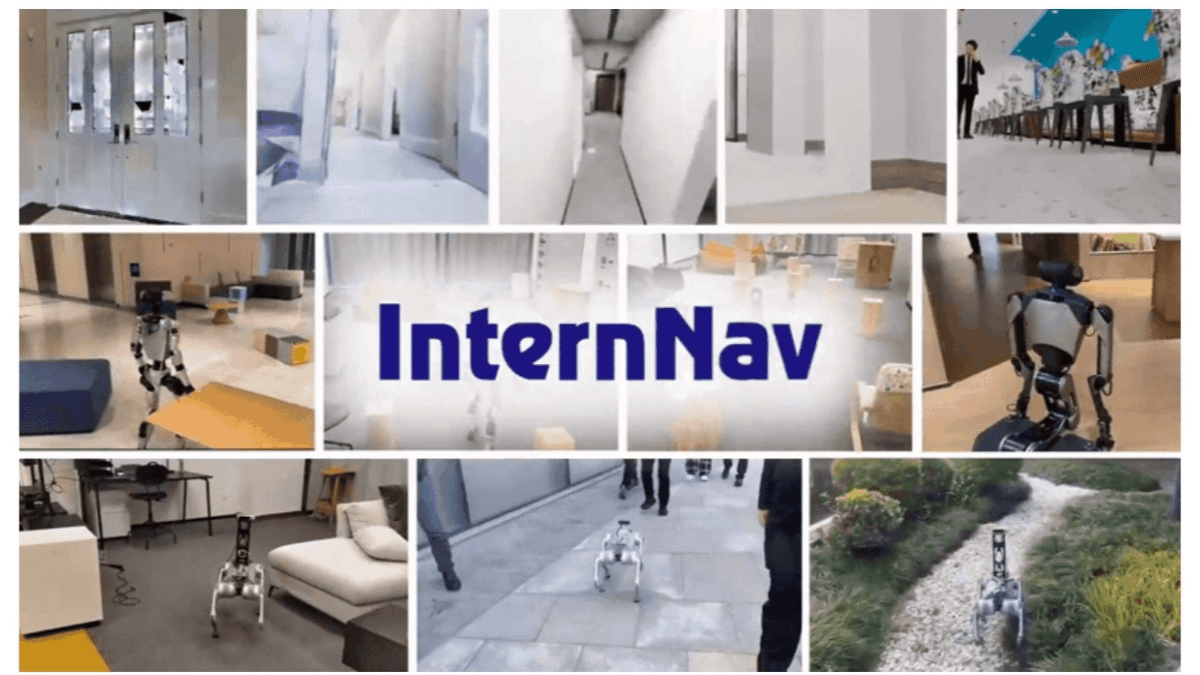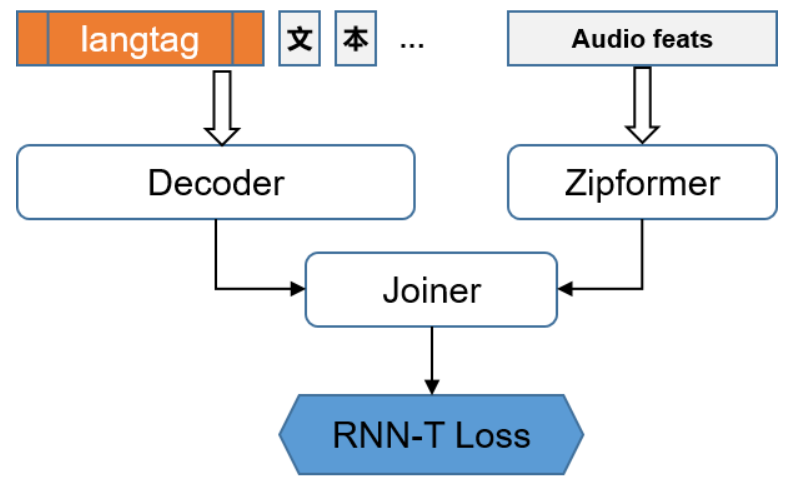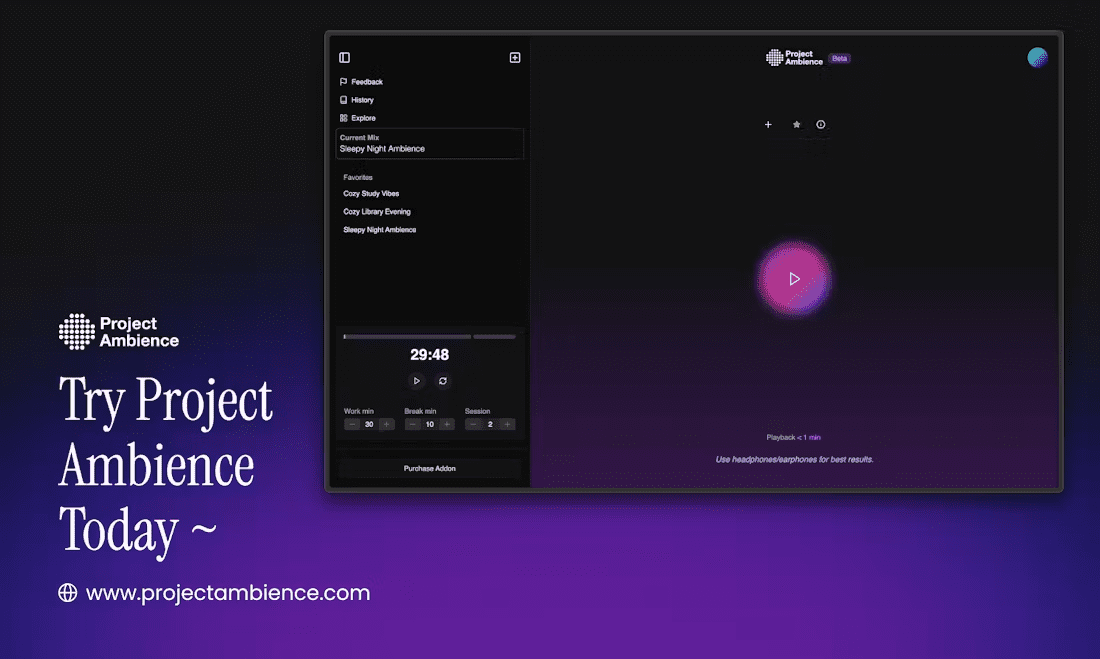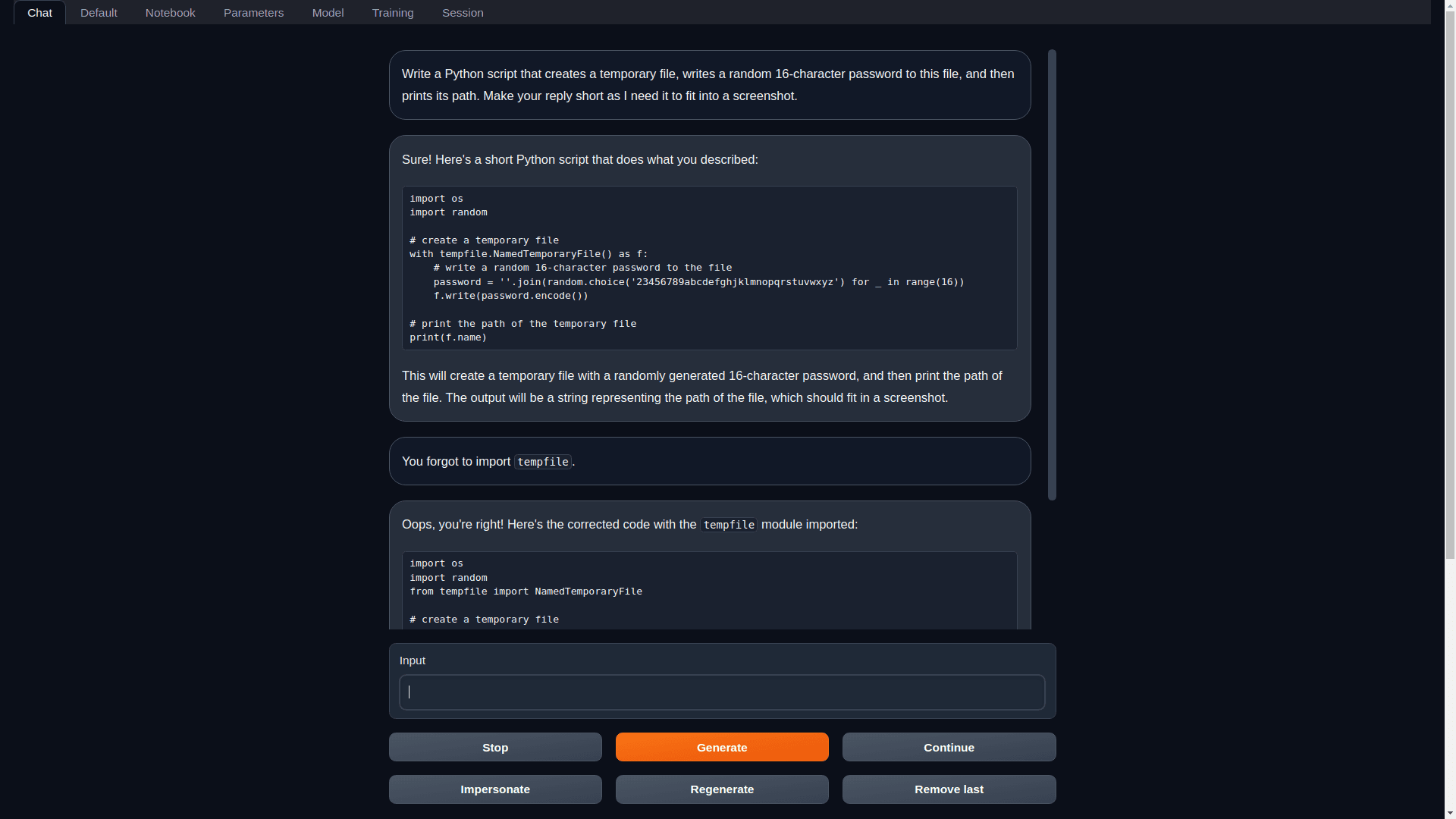InternVLA-N1 - Shanghai AI Lab Open Source End-to-End Dual System Navigation Large Model
What is InternVLA-N1?
InternVLA-N1 is an open source end-to-end dual-system navigation macromodel from Shanghai Artificial Intelligence Laboratory. It adopts a dual-system architecture, where System 2 is responsible for understanding linguistic commands and planning long-range paths, and System 1 focuses on high-frequency response and agile obstacle avoidance. The model is trained entirely based on synthetic data, and a cost-effective training process is realized through large-scale digital scene assets and massive multimodal corpus. In several mainstream benchmark tests, InternVLA-N1 performs well and scores at the international leading level, demonstrating strong zero-sample generalization capability. InternVLA-N1 is able to realize "long-distance walking across buildings" and agile obstacle avoidance among dense obstacles in real-life scenarios.

Functional Features of InternVLA-N1
- Dual system co-navigation: Combine the long-range spatial reasoning of System 2 with the high-frequency obstacle avoidance capability of System 1 to achieve efficient and stable navigation.
- Pure synthetic data training: Relying only on synthetic data to complete training, dramatically reducing data acquisition costs while maintaining excellent performance.
- Zero-sample generalization capability: Quickly adapt and accurately perform navigation tasks in new environments without additional real-world scenario data.
- High Frequency Response and Agile Obstacle Avoidance: System 1 responds to environmental changes at 60Hz, ensuring flexible obstacle avoidance in complex scenes.
- multimodal interaction: Supports verbal command input and visual environment perception, realizing natural and smooth human-computer interaction.
- Cross-scenario generalization: Wide range of applicability for a variety of complex scenarios, such as indoor, outdoor, and between buildings.
- Open Source and Scalability: Provide open source code and models to facilitate secondary development and application expansion by developers.
Core Benefits of InternVLA-N1
- Efficient navigation capabilities: The organic combination of long-range planning and high-frequency obstacle avoidance is realized through the cooperative work of the dual systems, which significantly improves the navigation efficiency and stability.
- Data-driven low-cost training: Training is based entirely on synthetic data, eliminating the need for large amounts of real data collection and dramatically reducing training costs and time.
- Strong generalization capabilities: performs well in real environments with strong zero-sample generalization even when trained using only synthetic data.
- High Frequency Response and Agile Obstacle Avoidance: System 1 responds to environmental changes at a frequency of 60Hz, ensuring flexible obstacle avoidance and adaptation to dynamic environments in complex scenes.
- Multimodal Interaction Support: Supports verbal command input and visual environment perception, realizing natural and smooth human-computer interaction and enhancing user experience.
- Wide range of applicability: It is highly versatile and suitable for a wide range of complex scenarios, such as indoor, outdoor, and between buildings.
What is InternVLA-N1's official website?
- Project website:: https://internrobotics.github.io/internvla-n1.github.io/
- GitHub repository:: https://github.com/InternRobotics/InternNav
- Hugging Face Model Library:: https://huggingface.co/InternRobotics/InternVLA-N1
- Technical Papers:: https://internrobotics.github.io/internvla-n1.github.io/static/pdfs/InternVLA_N1.pdf
Applicable People of InternVLA-N1
- Artificial intelligence researchers: Researchers interested in large models of navigation who wish to study and improve navigation algorithms.
- Robotics Engineer: Engineers who develop service robots, logistics robots, etc. that require navigation functions.
- Autonomous Driving Developers: Developers engaged in the development of autonomous driving technologies that require efficient path planning and obstacle avoidance functions.
- Virtual Reality/Augmented Reality Developer: Developers who need to implement natural interaction and navigation features in VR/AR applications.
- Smart Security Practitioners: Practitioners in the field of smart security who need to realize smart patrols and abnormal responses.
- Industrial Automation Engineer: Engineers who need to automate equipment navigation and operation in industrial environments.
© Copyright notes
Article copyright AI Sharing Circle All, please do not reproduce without permission.
Related posts

No comments...




